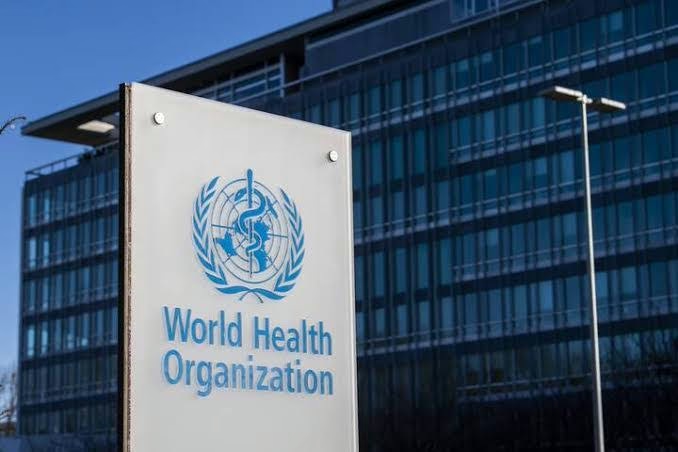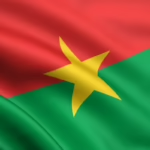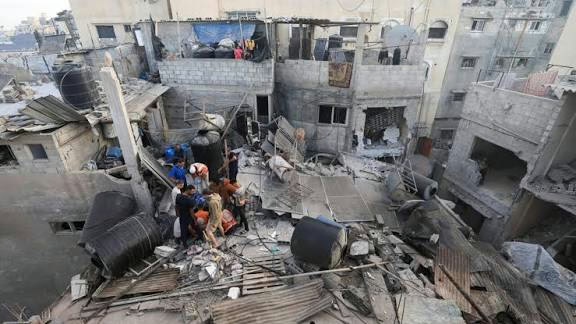The World Health Organization has revised its 2026–2027 budget downward to $4.2 billion, a move aimed at stabilising its finances after losing support from its former top donor, the United States.
This reduced figure, approved during the just-concluded World Health Assembly, reflects a significant drop from the earlier proposal of $5.3 billion and still leaves the agency with a funding gap of $1.7 billion.
In comparison, the approved programme budget for 2024–2025 stood at $6.8 billion, showing the extent of the financial pressure facing the agency.
Initially, WHO’s funding was based solely on assessed contributions—compulsory fees paid by member countries based on their economic strength and population size.
However, over time, the organisation began relying heavily on voluntary contributions, which are usually tied to donor-specified priorities.
By the 2020–2021 period, assessed contributions accounted for only 16 percent of WHO’s total approved budget, creating an imbalance that made the agency financially vulnerable, especially to the withdrawal of major funders.
In 2022, WHO member states agreed to gradually raise their assessed contributions so that by 2030–2031, they would cover 50 percent of the organisation’s core funding needs.
As part of this plan, member states increased their contributions by 20 percent for the 2024–2025 budget, and another 20 percent increase was approved at this year’s assembly.
This latest adjustment is expected to generate an additional $90 million per year. Director-General Tedros Adhanom Ghebreyesus described the approval as a critical vote of confidence in the organisation’s mission and direction.
Despite the reduced budget, the WHO has already secured 60 percent of the $4.2 billion base budget for 2026–2027, according to Hanan Balkhy, regional director for the Eastern Mediterranean.
While this represents notable progress in a tough economic environment, the agency still faces a $1.7 billion funding gap that must be addressed to sustain its operations.
In a bid to close this deficit, a recent donor conference generated $210 million in new pledges for the 2025–2028 investment cycle.
The funding included $80 million from Switzerland, $57 million from the Novo Nordisk Foundation, $13.5 million from Sweden, and $6 million from Qatar.
Tedros welcomed the contributions, emphasising their importance in allowing the WHO to continue vital health programs around the world.
The financial crisis was exacerbated by the United States’ decision to leave the WHO under President Donald Trump.
Since his return to office in January, Trump has frozen nearly all foreign aid and resumed the formal process of withdrawing the US from the organisation.
Washington’s absence was noticeable during this year’s assembly, and its refusal to pay membership fees for 2024 and 2025 has significantly weakened WHO’s financial standing.
Although the US did not send a delegation, Health Secretary Robert F. Kennedy Jr. addressed the assembly in a video message where he criticised the agency as inefficient and influenced by external interests, including China and pharmaceutical companies.
He urged other countries to consider building alternative institutions.
As part of its cost-cutting measures, the WHO has begun restructuring its internal operations. The executive management team will be downsized from 14 to seven members, and the number of departments will be cut from 76 to 34.
Unlike other UN bodies, the WHO has yet to announce widespread layoffs, but the ongoing reforms are part of broader efforts to ensure it can continue its global health work with fewer resources.











Leave a Reply